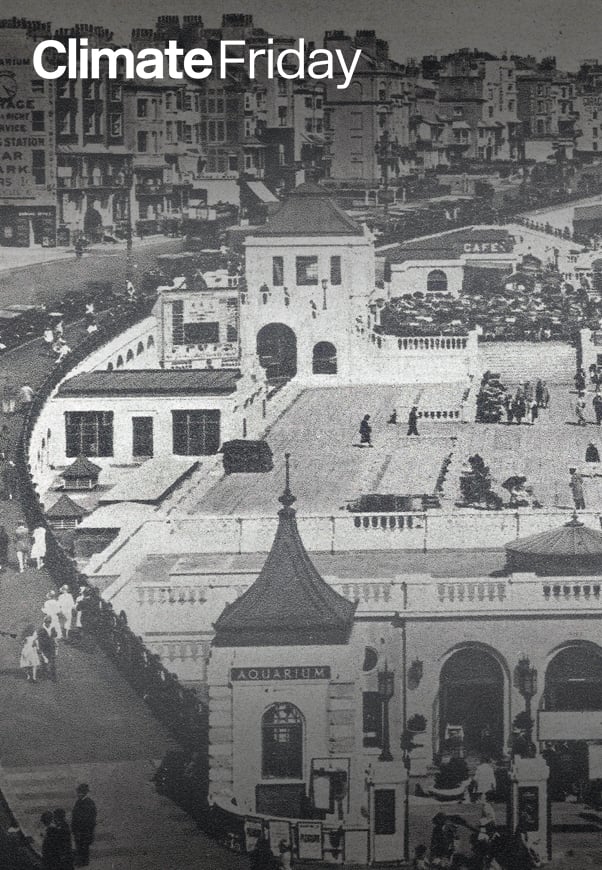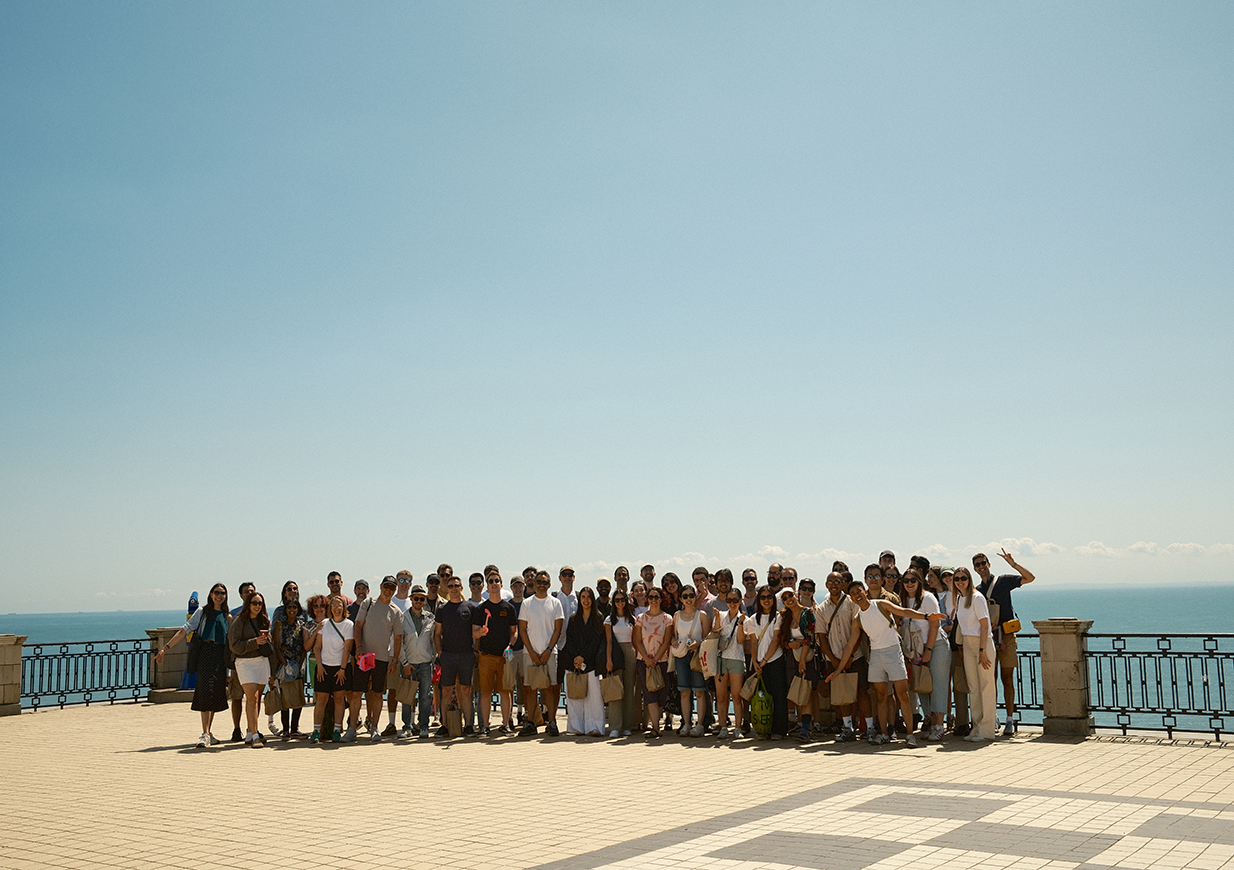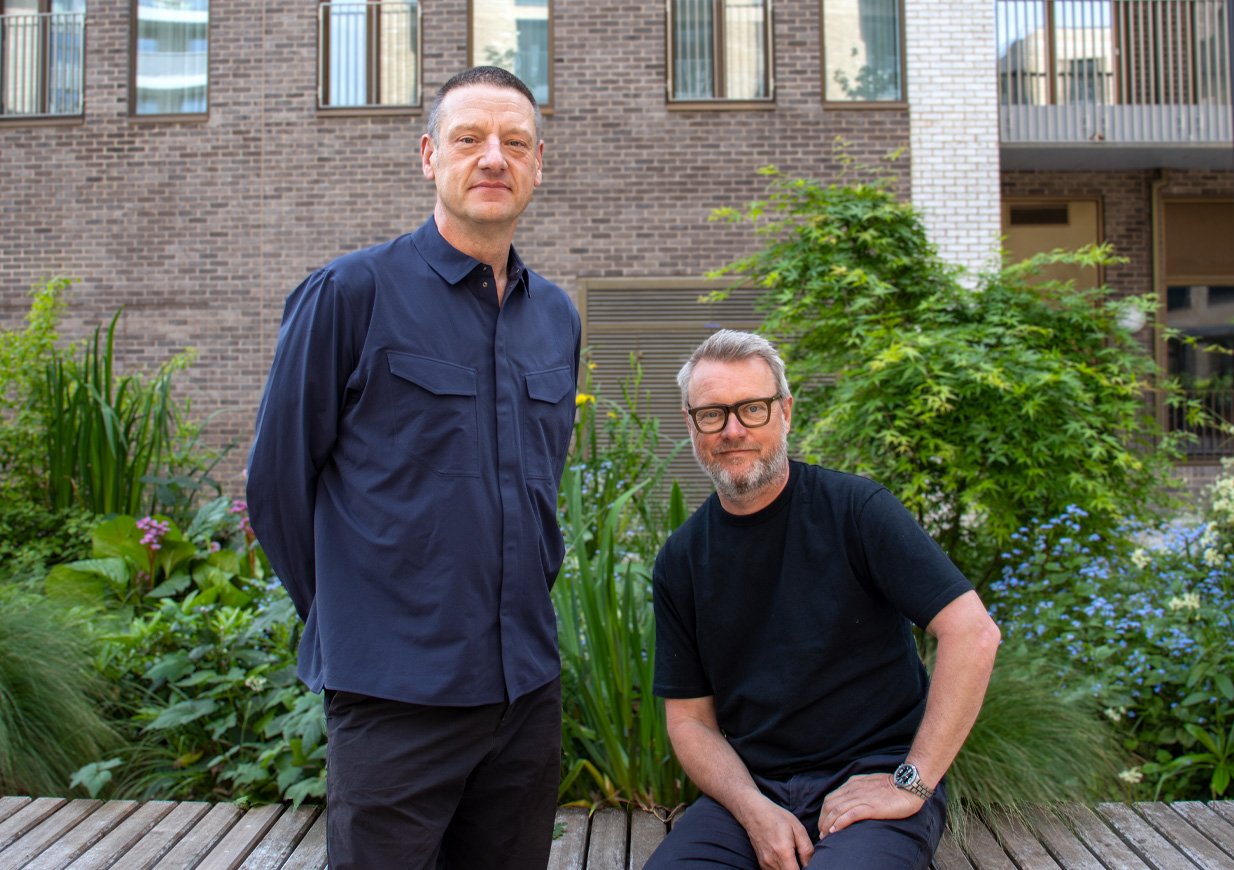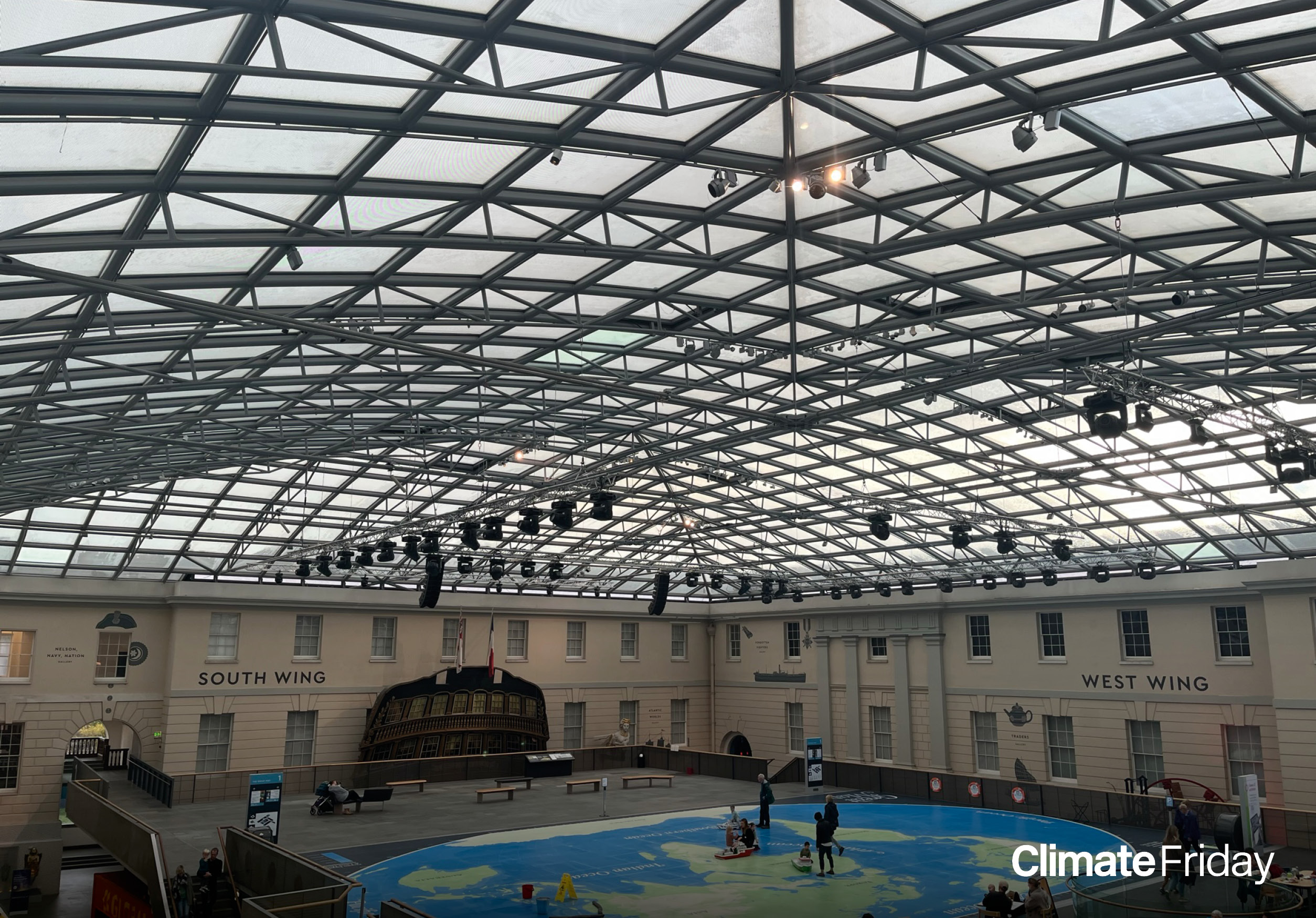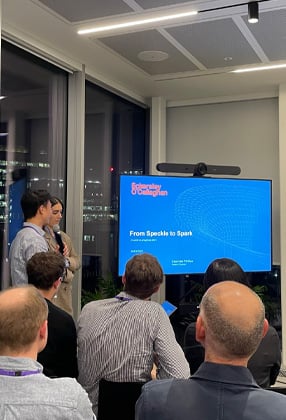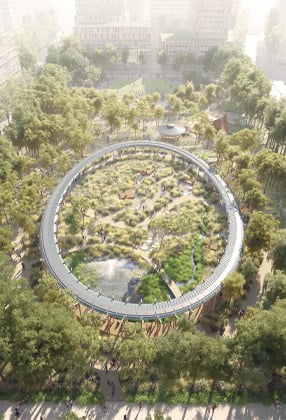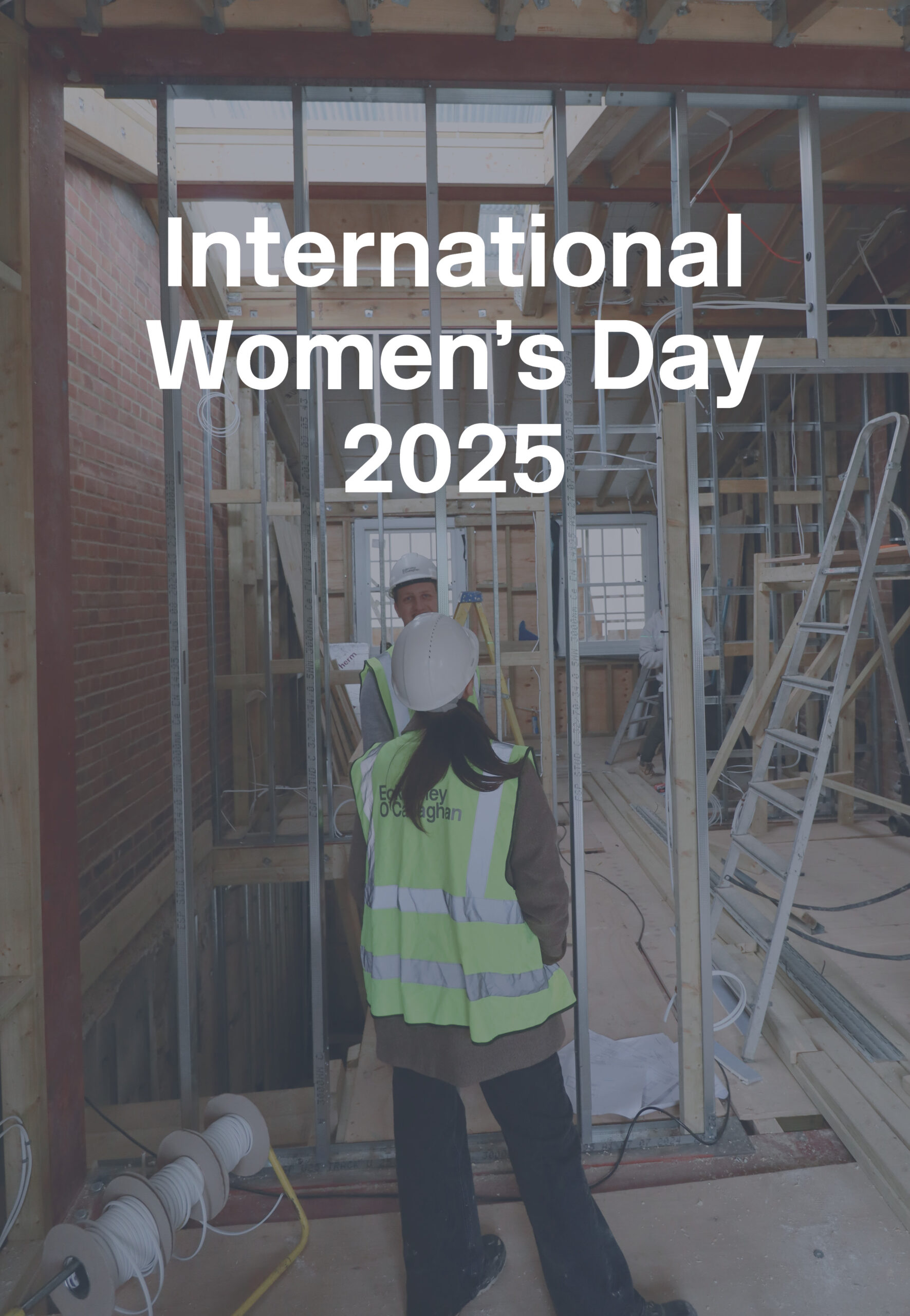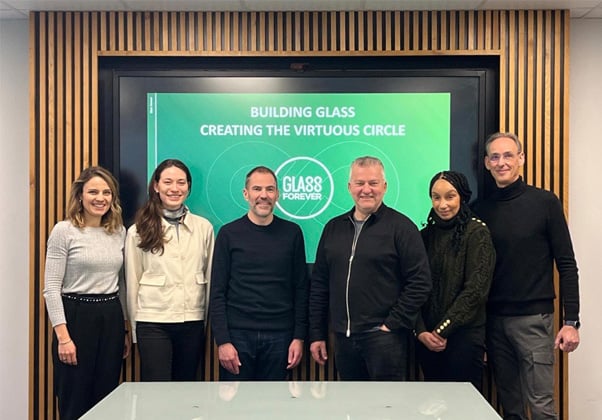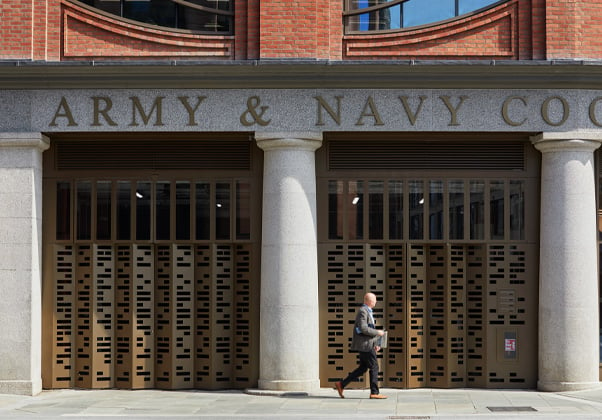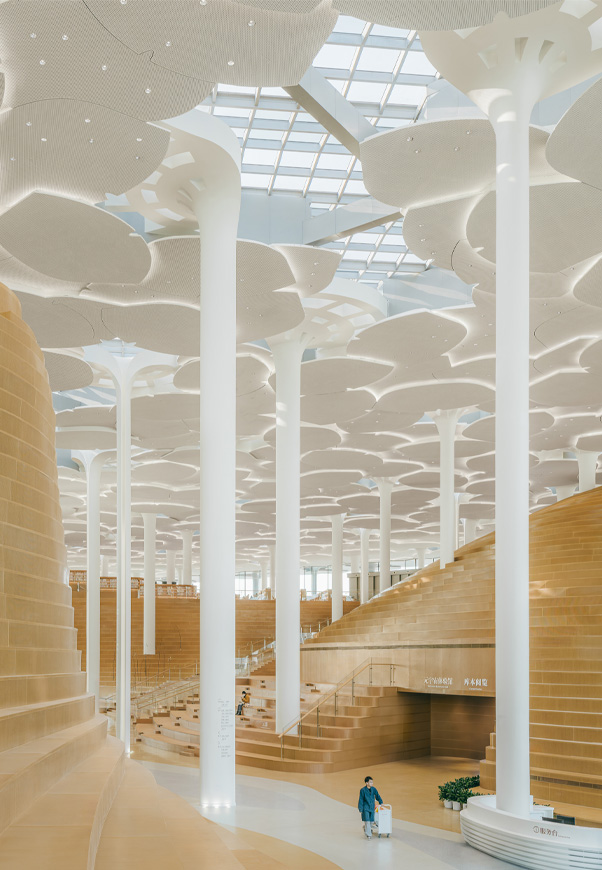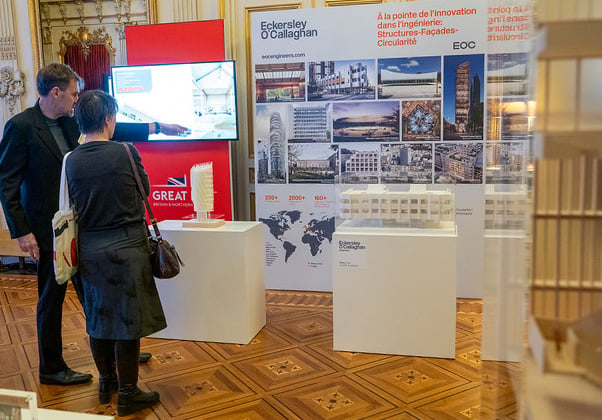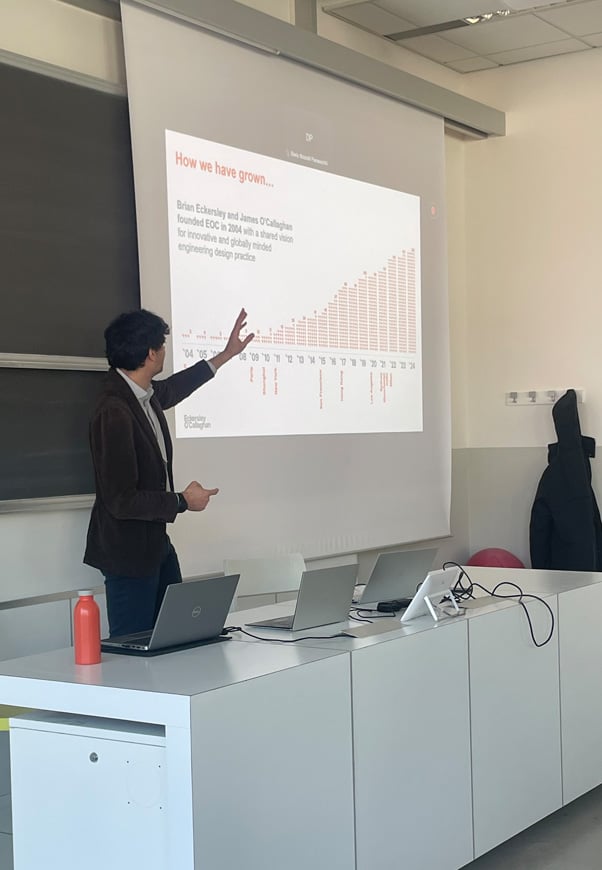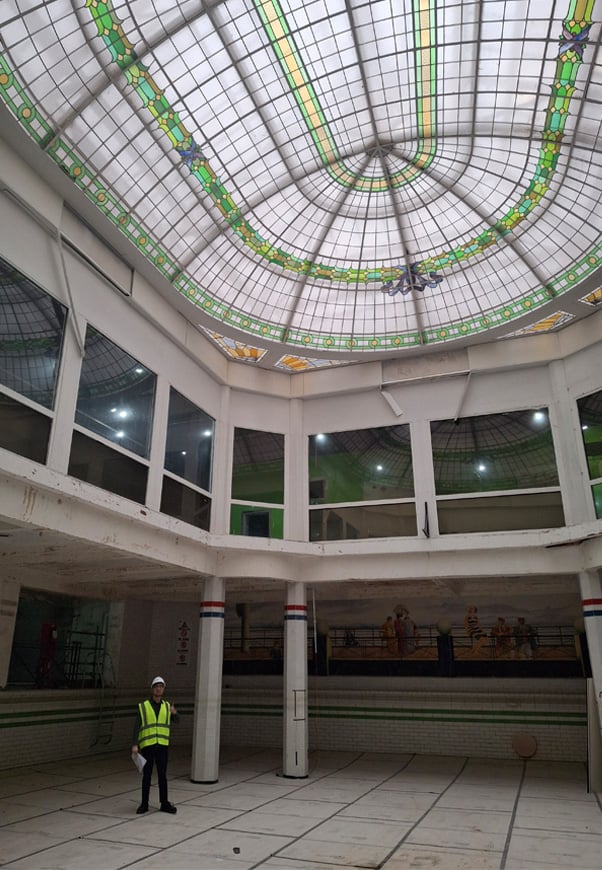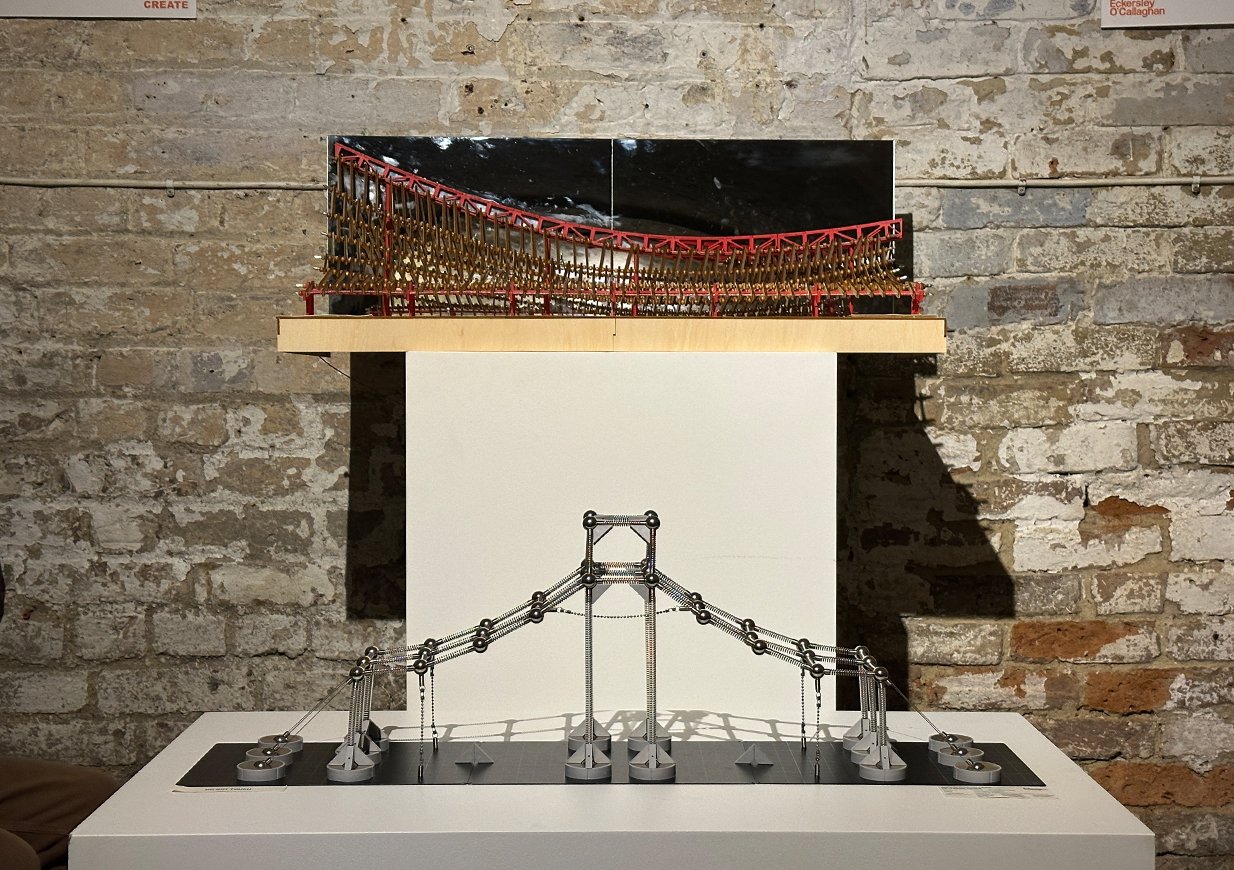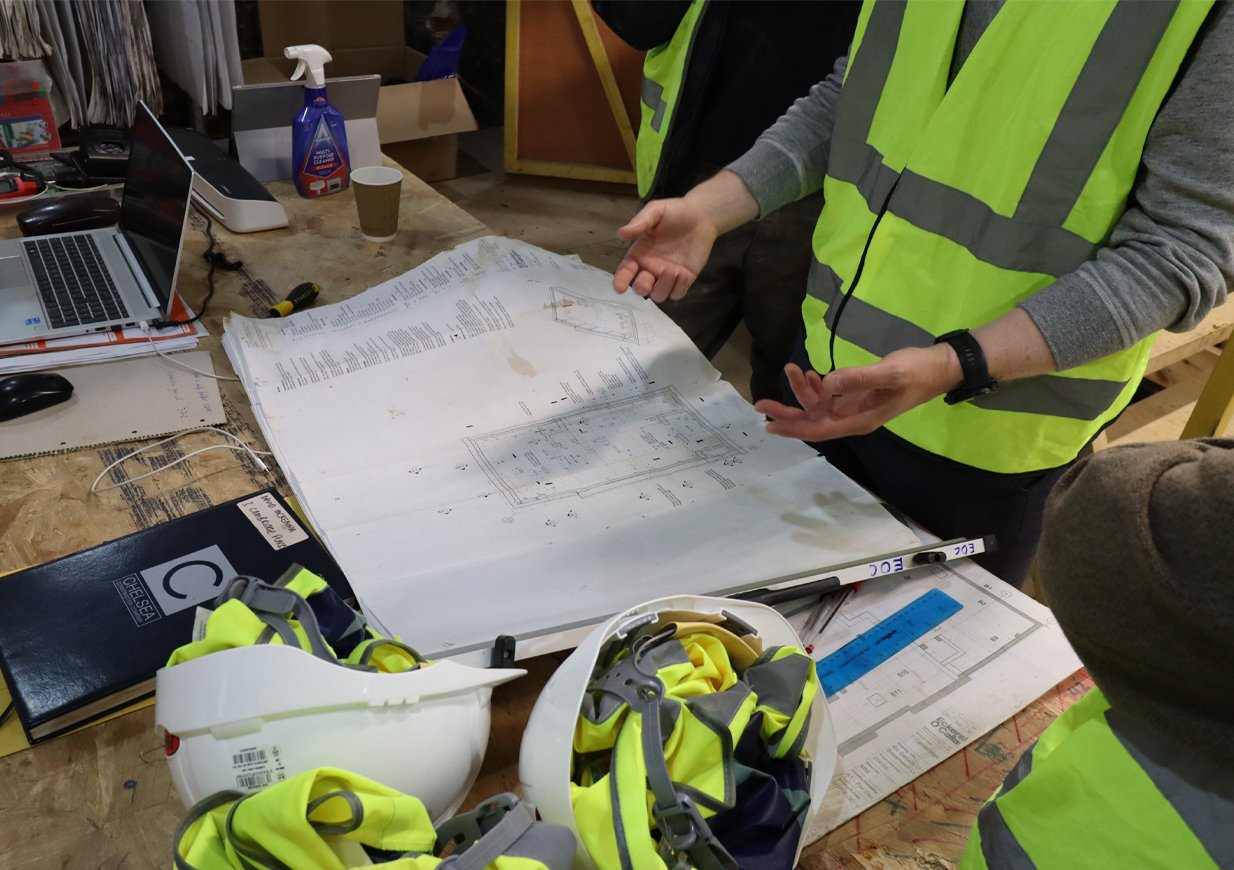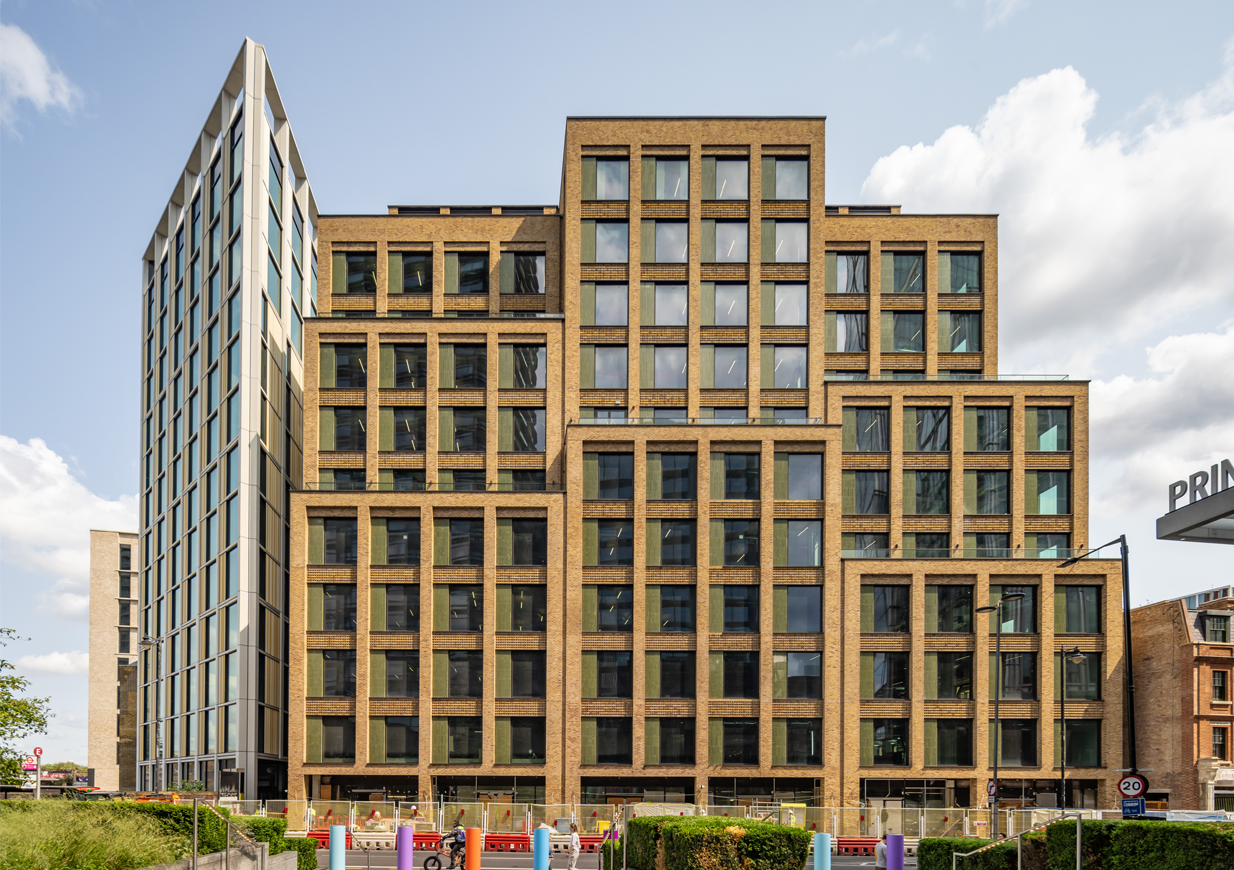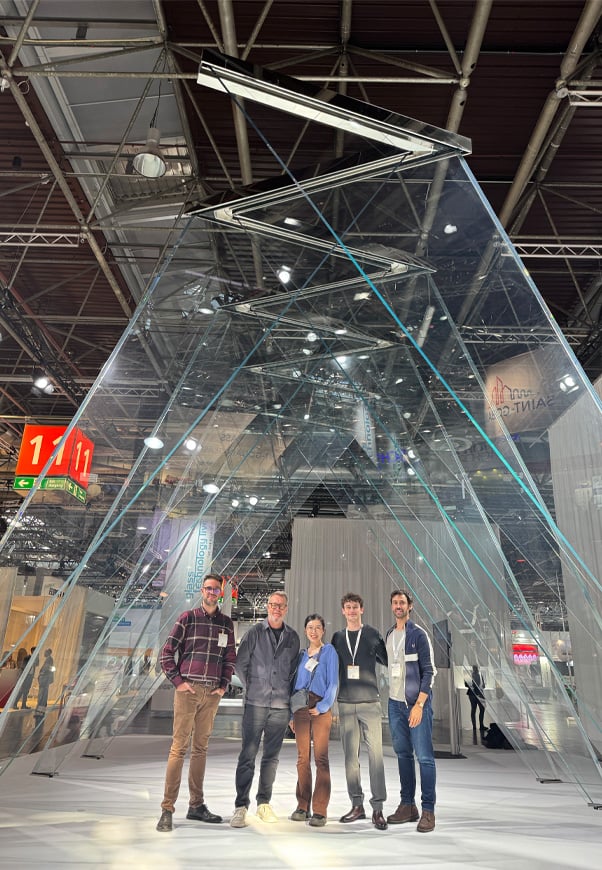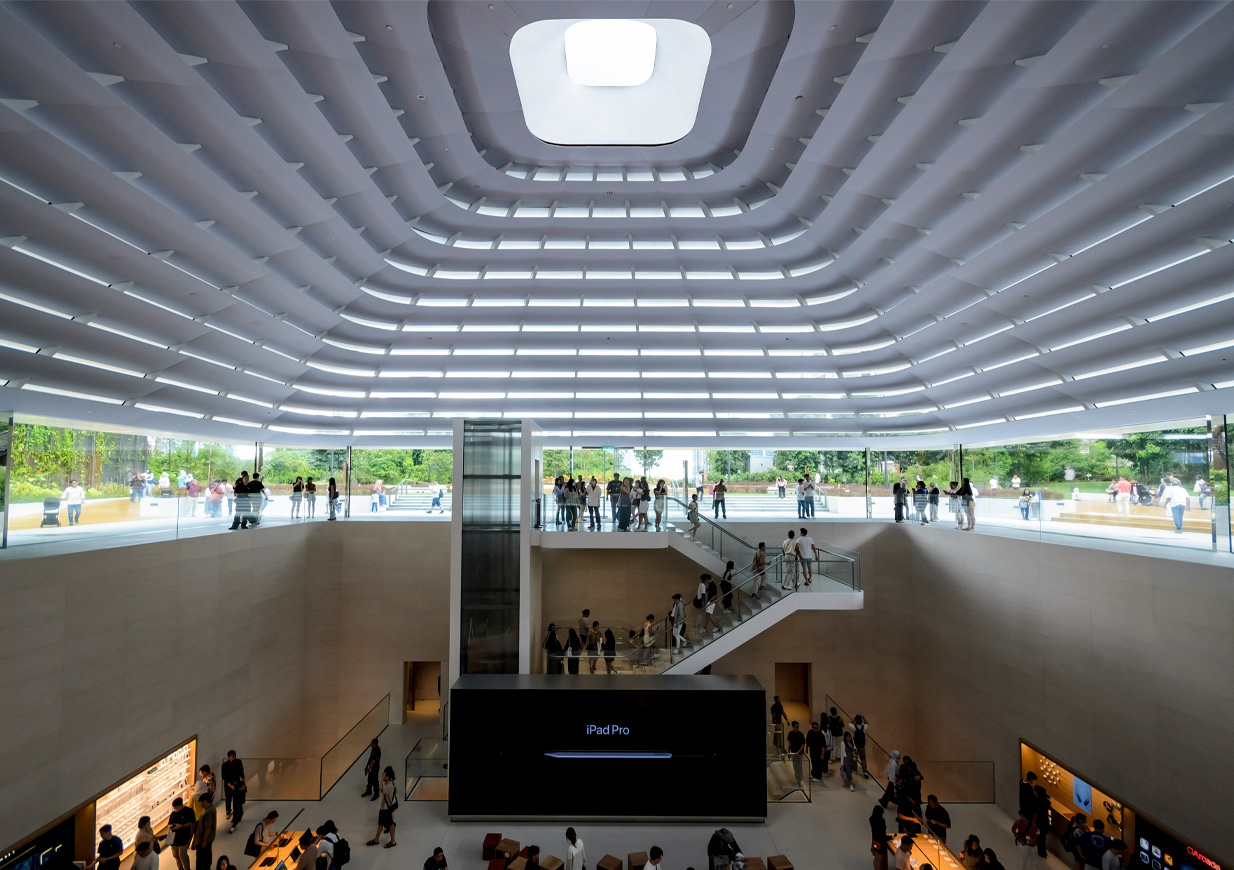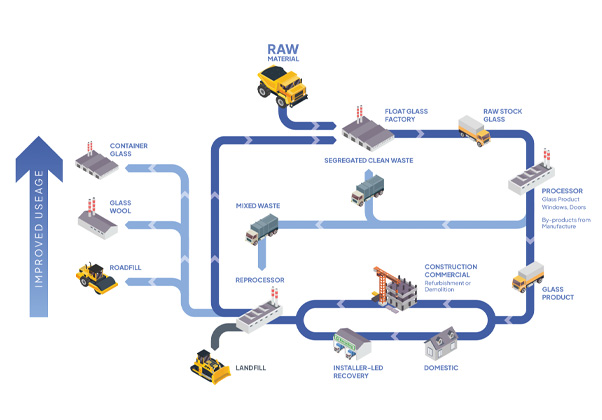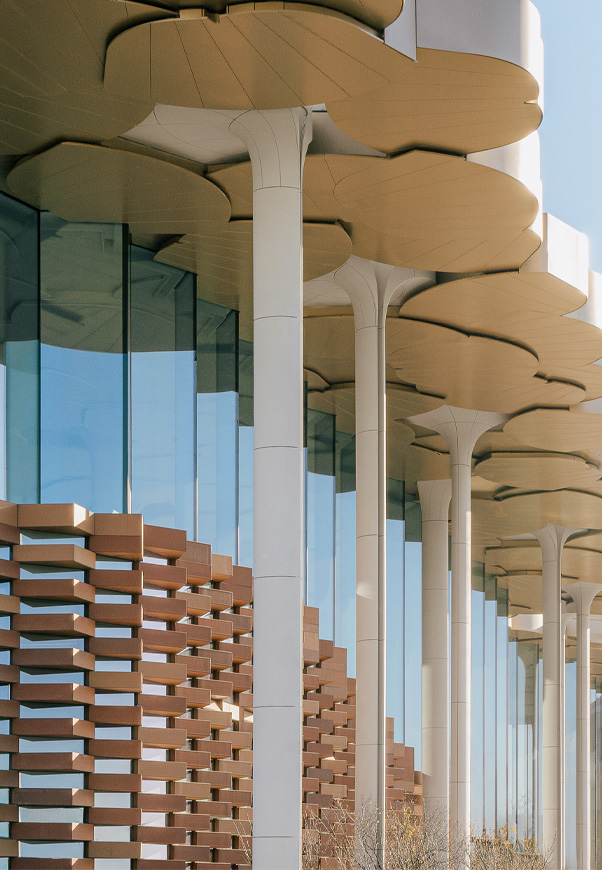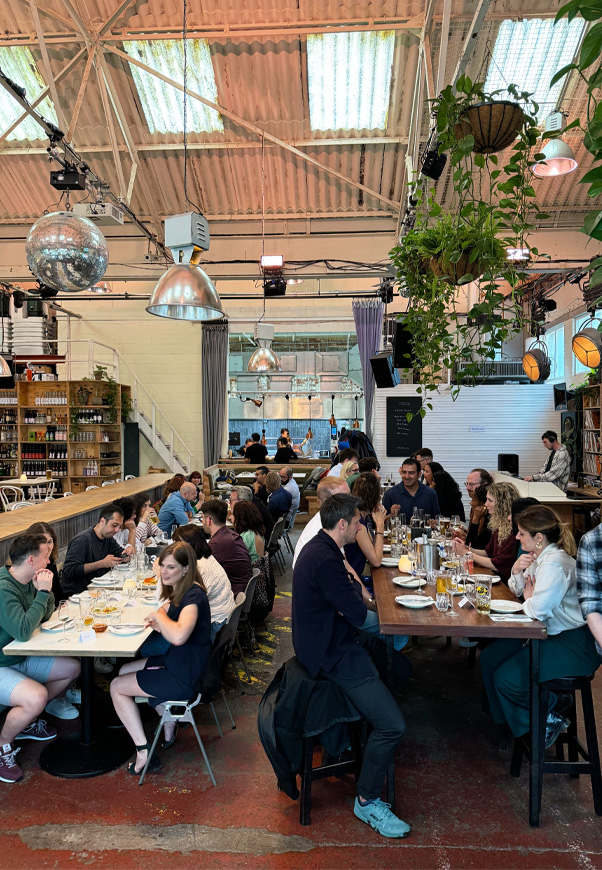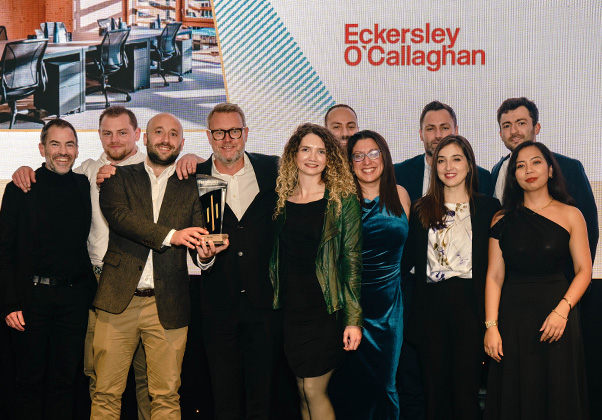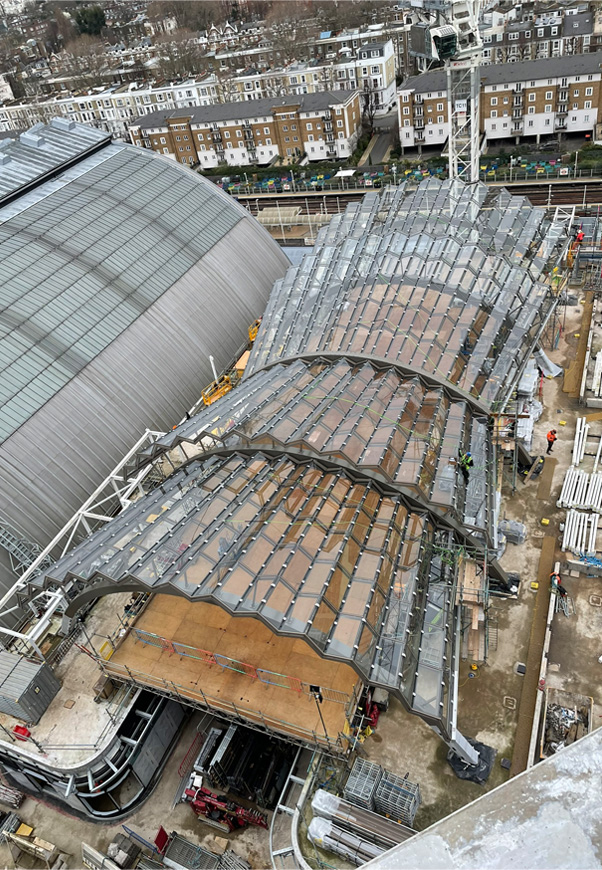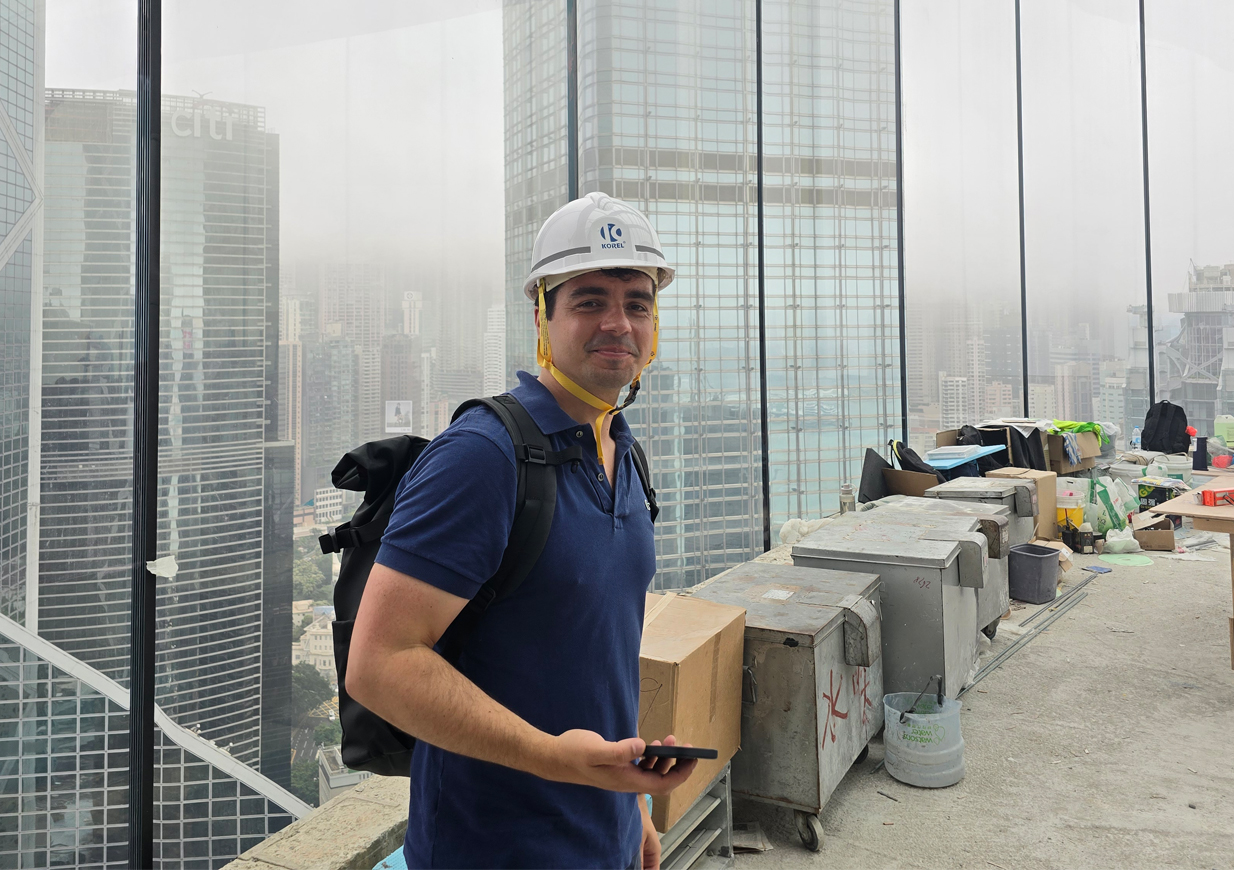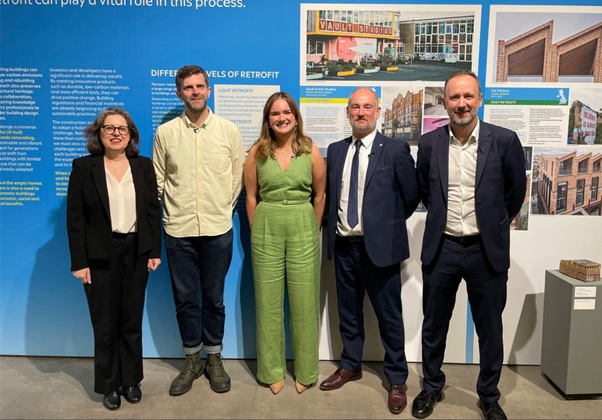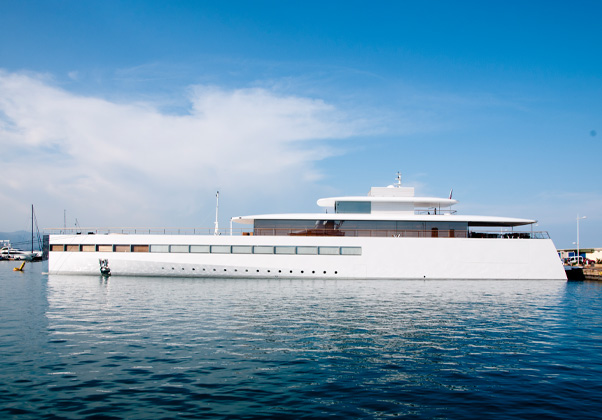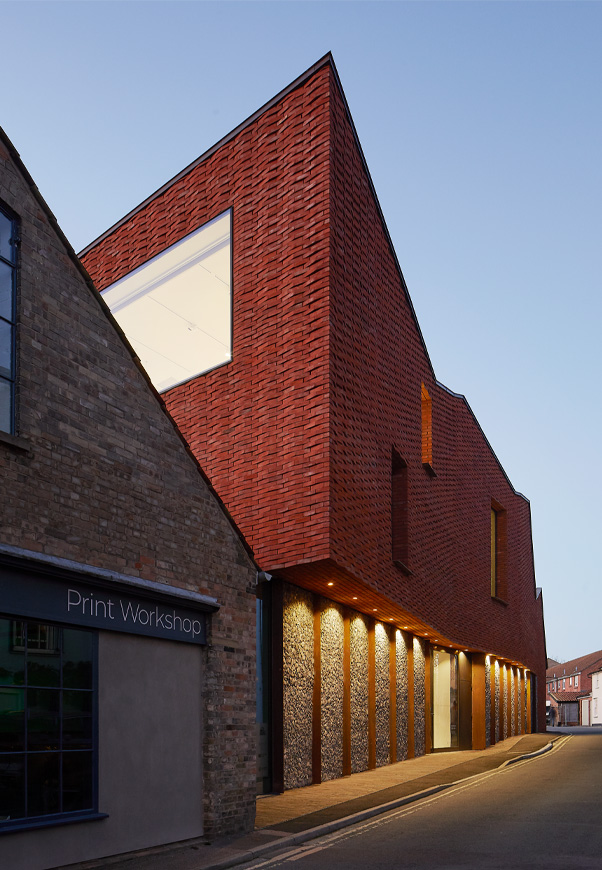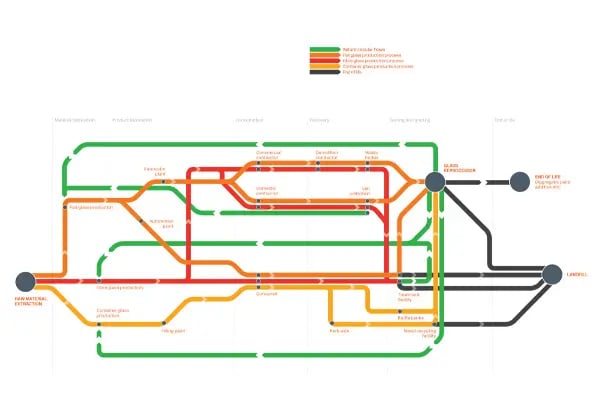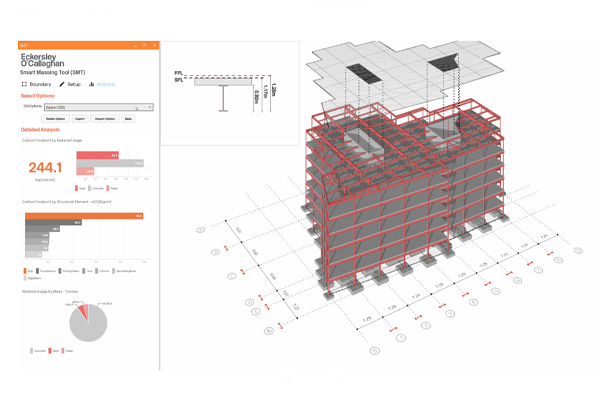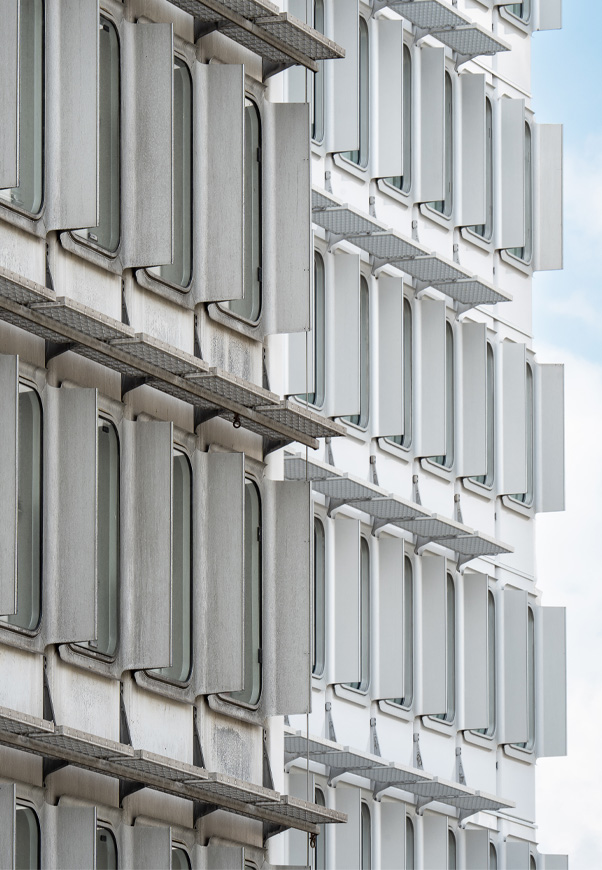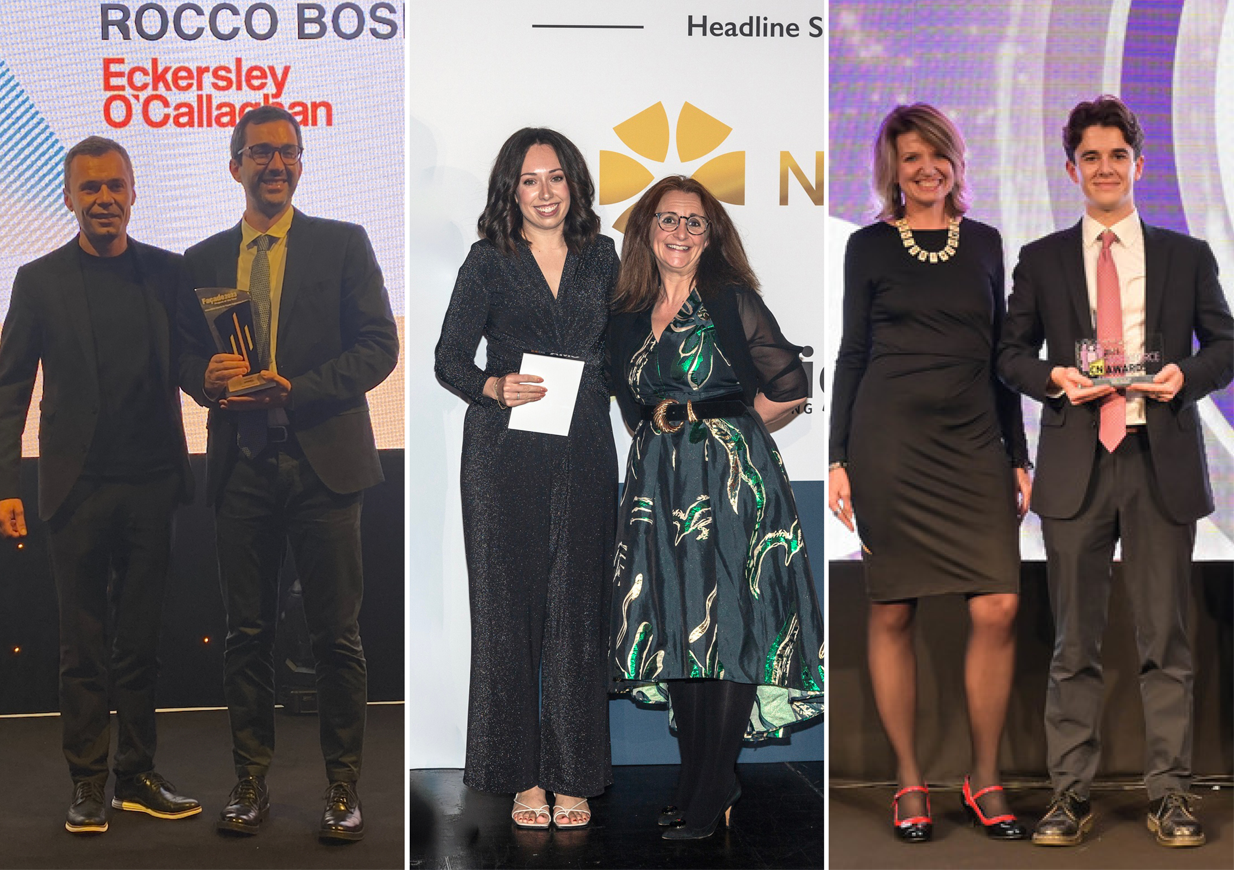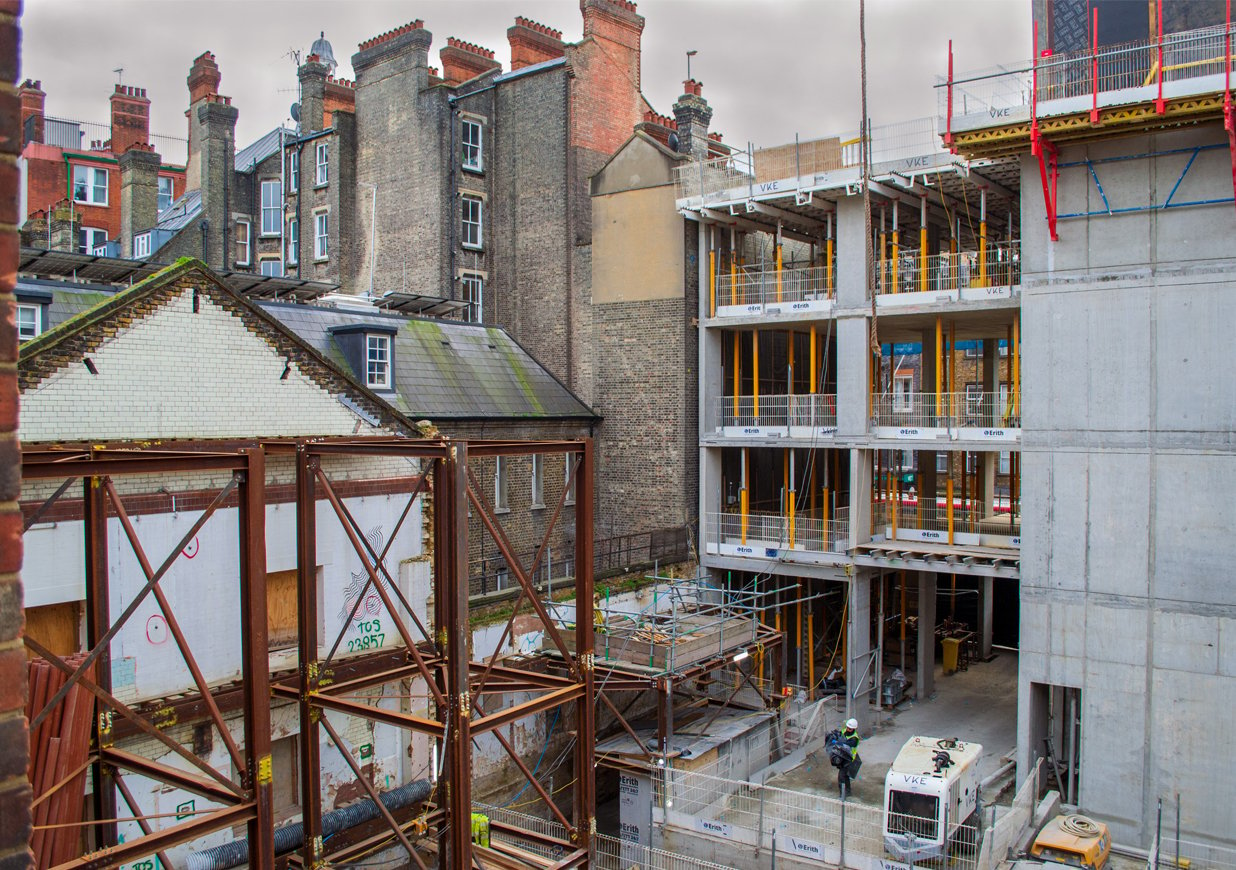Climate Friday | Superyachts – navigating towards a more sustainable future
18 July 2021
3rd July 2020

This week, Associate Glass Engineer Kosmas Moupagitsoglou tells of how we’re making waves in the superyacht industry by making the glass they use more sustainable.
The superyacht industry may not be synonymous with sustainability, but it is making great strides. New hybrid propulsion systems to reduce fuel consumption, sustainable alternatives to the increasingly scarce Teak hardwood and their use as research and exploration vessels are just some of the measures being introduced to increase their sustainability.
One area where we are on a mission to help make a difference, is in the design of the glass.
Glass technology has become an integral part of superyacht design. It provides weather and water tightness and needless to say if a panel were to break, unlike a building water ingress could lead to a boat’s ultimate failure. Glass also creates a visually continuous space between the interior of the vessel and the world outside. There is no other material like glass that can connect and separate at the same time.
By refining the design of glass we can improve its sustainability.
Due to safety concerns, the design of glass can be quite conservative. The panels, which are usually supported on all four sides, can be subject to design pressures of more than 40kPa (as a comparison typical wind loads on a building are around 1kPa). But by using finite element, particularly non-linear geometry analysis, instead of the simplified code formulas, we can reduce the glass thickness significantly and consequently the carbon footprint of the yacht envelope.
In addition, computational analysis methods can consider not only the exact geometry of the panel and its inherent stiffness (e.g. curved glass) but also the stiffening effect of its deformed shape due to membrane action. Moreover, the use of stiff ionomer-based interlayers can reduce the glass build-up further.
Specifying solar control coatings and insulated glass units can help reduce the solar gain (g-value) and heat loss (U-value) through windows. This has a significant reduction in the energy consumption of the AC and heating systems. High performance coatings in insulated glass units not only help reduce the U- and g-values but also achieve high transparency (light transmission). These measures are of course dependent on many factors, but with early input from the glass engineer the glass can be tailored to suit the application while maximising its sustainable credentials.
Finally, we are using the investments made by the superyacht industry into R&D for new technologies and adapting them to improve the sustainability for use by standard vessels or even the building industry. Switchable glass is such an example.
These measures may seem like a drop in the ocean, but with each marginal gain there is a step forward in helping this willing industry to a more sustainable future.
If you liked this, take a look at…




